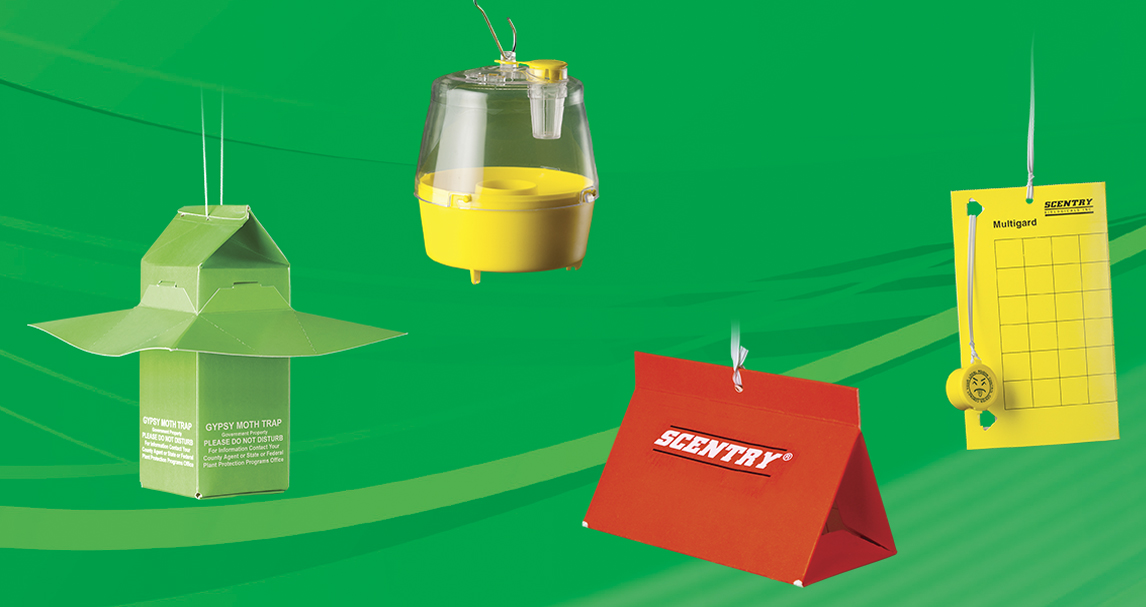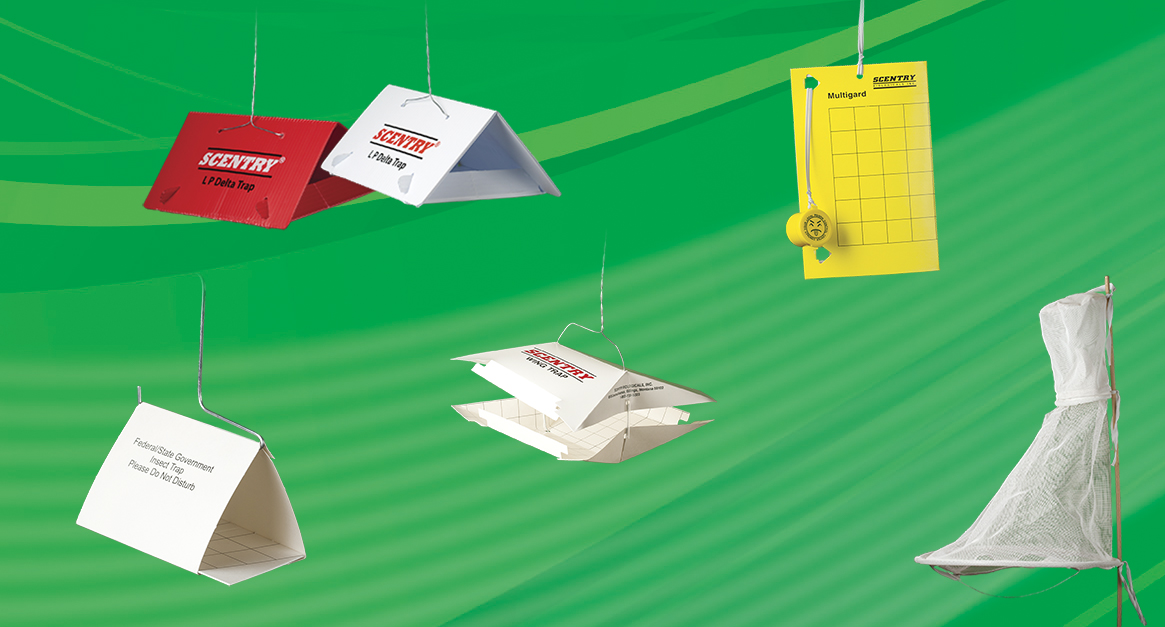Scentry insect monitoring products are effective pest management tools designed to provide current information about an insect pest. Monitoring traps used with pheromone lures attract and collect members of a specific insect species.
Scentry Traps are useful for determining the presence or absence of a pest, monitoring changes in pest populations, or determining the emergence patterns of adult insects as an aid in planning control measures.
Scentry Pheromone Lures mimic the potent odor produced by an insect to attract, mate, and reproduce with members of the same species. Scentry offers a wide variety of pre-formulated lures. Custom formulation is available.
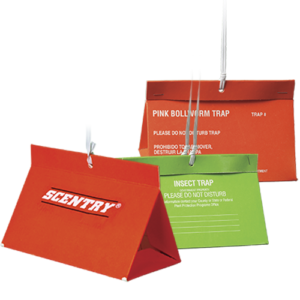
DELTA TRAP
This economical trap is suitable for monitoring a variety of
insects. Fold-out design and interior grid pattern makes
insect counting quick and accurate.
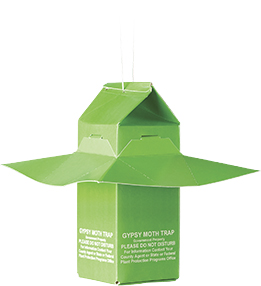
GYPSY MOTH TRAP
Commonly called a milk carton because the size matches a
half-gallon milk carton, this trap uses a pheromone lure
for effective moth monitoring.
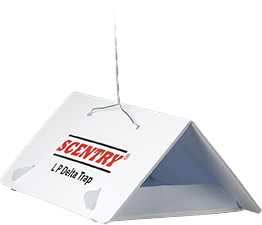
LARGE PLASTIC DELTA TRAP
The most widely utilized and most durable trap design in the industry, this trap can be used for a wide variety of insects and functions well anytime a Wing Trap is called for. The firm, corrugated plastic trap features gridded, sticky replacement liners for recording trap counts. Red or white exterior.
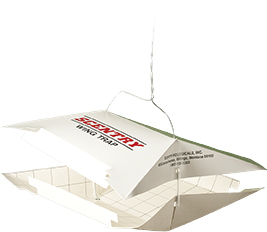
WING TRAP
This popular trap features a water resistant, durable, plastic top or an economical poly-coated paperboard top with a replaceable sticker-coated paperboard bottom. Inexpensive replacement bottoms give this trap a long service life. Interior grid pattern aids insect counting. Effective for monitoring many insect species common in orchards, greenhouses and gardens.
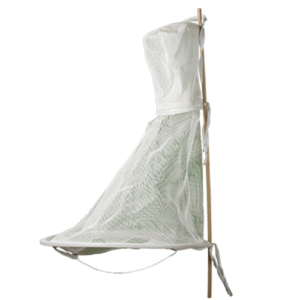
Heliothis Trap
Scentry’s patented Heliothis Trap is lightweight, easy to handle and collapsible. Vinyl mesh netting is strong, weather proof, UV resistant, and durable enough to last for many seasons. Removable top capture chamber makes insect counting and lure replacement easy.
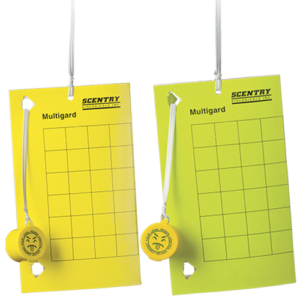
Multigard® Trap
Multigard® AM Trap
Aphids, thrips, leafminers, whiteflys, and corn rootworm are attracted to the specific yellow wavelength of this trap (no pheromone lure needed). Sticker coating in the grid area traps insects. This economical trap is a good choice for field, nursery or home garden use.
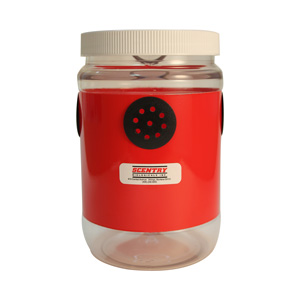
Spotted Wing Drosophila Trap
The Scentry Spotted Wing Drosophila trap is a re-usable, one-way, wet trap. When used in combination with the SWD lure, it is the industry standard for monitoring of SWD
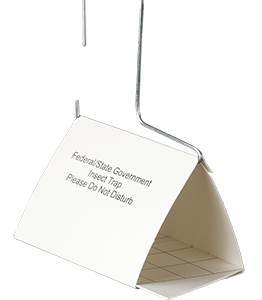
Jackson Trap
A replaceable, sticker-coated insert makes this trap an economical fruit fly monitoring tool.
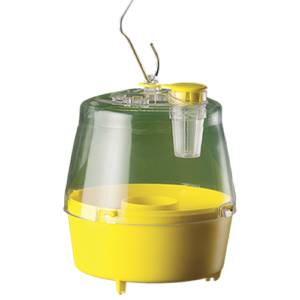
Multilure Trap
The Multilure Trap is the most effective trapping system available for consistent detection and targeting of fruit fly infestations. Constructed of durable material, this trap is designed to be taken apart for ease of cleaning and refilling of liquid or solid baits.
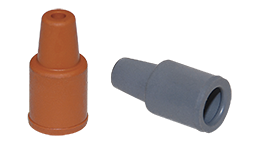
Pheromone Lures
High quality insect lures with active blend formulations developed over three decades. The lures are tailor made to ensure optimal performance.
Fruit Fly Controlled Release
Devices & Attractants
Scentry Biologicals specializes in the production of Controlled Release Devices (CRDs) and offers an array of semiochemical Fruit Fly Attractants in our custom polymer technology. Liquid attractants are also available. These lures, used in combination with Scentry Fruit Fly Traps, attract and capture flies, preventing fly larvae or maggots from damaging crops by interfering with the natural mating process and fertile egg laying. Subsequent larval infestation can be suppressed, reducing the need for conventional insecticides. Reduction in the use of conventional insecticides increases the number of natural parasites and predators, which promotes integrated pest management or biological control of other pests.
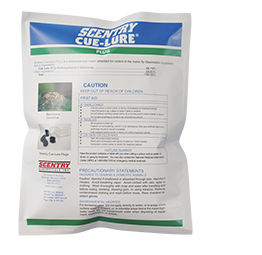
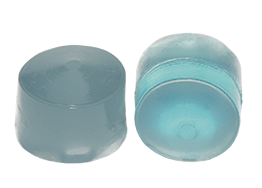
Scentry Cue-Lure Plug for Melon Fly
Melon Fly (Bactrocera cucurbitae) is an economic pest of cucurbits such as melons, squashes, pumpkins, and solanaceous vegetables like eggplants, tomatoes and peppers.
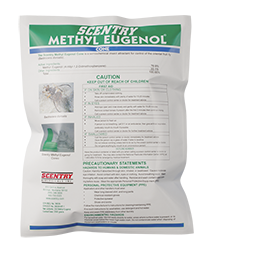
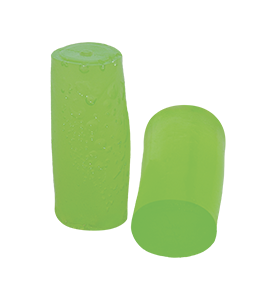
Scentry Methyl
Eugenol Cone for
Oriental Fruit Fly
Oriental Fruit Fly
(Bactrocera dorsalis) most commonly attacks avocado, mango and papaya. Infestation can affect more than 150 different kinds of fruit and vegetables, including citrus, guava, banana, loquat, tomato, surinam cherry, rose-apple, passion fruit, persimmon, pineapple, peach, pear, apricot, fig, and coffee.
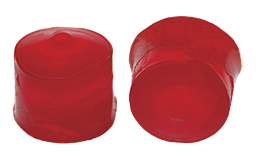
Scentry TML Plug
for Mediterranean Fruit Fly
Mediterranean Fruit Fly (Ceratitis capitata) is one of the world’s most destructive fruit pests and attacks more than 260 different fruits, flowers, vegetables, and nuts. Although Mediterranean Fruit Fly may be a major pest of citrus, often it is a more serious pest of some deciduous fruits, such as peach, pear and apple.



